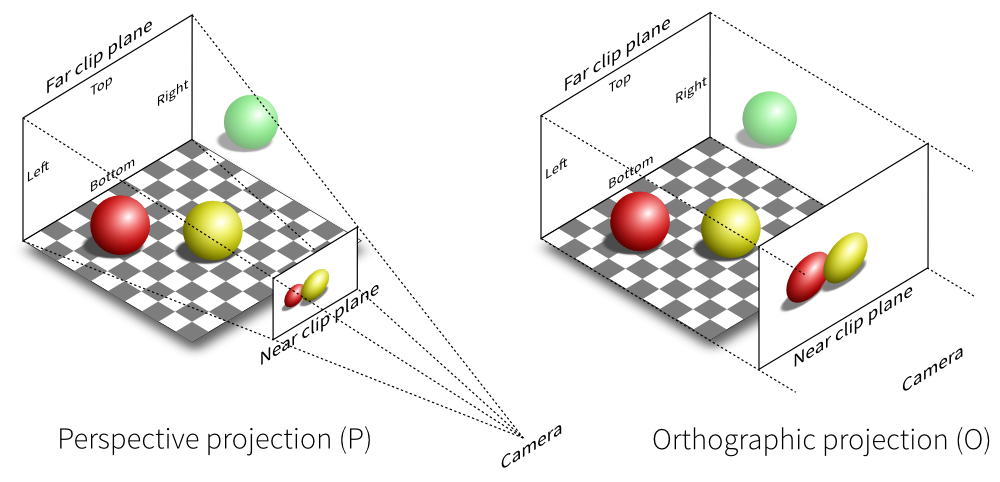
博弈论学习总结
Nim游戏
Nim游戏就是经典的取石子游戏,规则如下:
桌子上有 N 堆石子,游戏者轮流取石子。每次只能从一堆中取出任意数目的石子,但不能不取。 取走最后一个石子者胜。
结论:对于一个nim游戏局面($a_1,a_2, \cdots ,a_n$),若$a_1$ ^ $a_2$ ^ \cdots ^ $a_n = 0$ 则先手必败。
Sg函数
给定一个有向无环图和一个位于起点的棋子,两名选手轮流沿着有向边移动棋子,无法移动者输。
- 每个点对应一种状态
- 每条边对应一种移动
对这个游戏图定义SG函数
$sg(v) = mex{sg(u)|$图中有一条v到u的边$}$
其中 $mex{A}$ 是指不在集合A中的最小自然数
定义P-position和N-position
- 无法进行任何移动的局面是P-position
- 可以移动到P-position的局面是N-position
- 所有移动都导致N-position的局面是P-position
- P即先手必败
- N即先手必胜
- 一个状态为P状态当且仅当它的sg值为0
游戏的和
考虑任意多个同时进行的 SG-组合游戏,这些 SG-组合游戏的和是这样一个 SG-组合游戏,在它进行的过程中,游戏者可以任意挑选其中的一个单一游戏进行决策,最终,没有办法进行决策的人输。
Nim游戏与Sg函数
定理
对于任意游戏的和,若将其中任意一个单一的游戏换成数目与它sg值相等的一堆石子,规则变为取石子的规则,游戏和的胜负不变
其实换成其他sg值相等的游戏都是可以的
Anti-Sg
Anti-SG 游戏规定,决策集合为空的游戏者赢。
Anti-SG 其他规则与 SG 游戏相同。
SJ 定理
对于任意一个 Anti-SG 游戏,如果我们规定当局面中所有的单一游戏的 SG 值为 0 时,游戏结束,则先手必胜当且仅当:
(1)游戏的 SG 函数不为 0 且游戏中某个单一游戏的 SG 函数大于 1;
(2)游戏的 SG 函数 为 0 且游戏中没有单一游戏的 SG 函数大于 1
Sg函数模板
Sg打表
size求解范围 f组是可以每次取的值,n是f的长度。
1 | const int MAXN = 1010; |
dfs
注意:f数组要按从小到大排序,SG函数要初始化为-1 对于每个集合只需初始化1遍n是集合f的大小,f[i]是定义的特殊取法规则的数组
1 | /* 注意:f数组要按从小到大排序,SG函数要初始化为-1,对于每个集合只需初始化1遍 */ |
例题
S-Nim【hdu1536】
hdu1536
Problem Description
Arthur and his sister Caroll have been playing a game called Nim for some time now. Nim is played as follows:
The starting position has a number of heaps, all containing some, not necessarily equal, number of beads.
The players take turns chosing a heap and removing a positive number of beads from it.
The first player not able to make a move, loses.
Arthur and Caroll really enjoyed playing this simple game until they recently learned an easy way to always be able to find the best move:
Xor the number of beads in the heaps in the current position (i.e. if we have 2, 4 and 7 the xor-sum will be 1 as 2 xor 4 xor 7 = 1).
If the xor-sum is 0, too bad, you will lose.
Otherwise, move such that the xor-sum becomes 0. This is always possible.
It is quite easy to convince oneself that this works. Consider these facts:
The player that takes the last bead wins.
After the winning player’s last move the xor-sum will be 0.
The xor-sum will change after every move.
Which means that if you make sure that the xor-sum always is 0 when you have made your move, your opponent will never be able to win, and, thus, you will win.
Understandibly it is no fun to play a game when both players know how to play perfectly (ignorance is bliss). Fourtunately, Arthur and Caroll soon came up with a similar game, S-Nim, that seemed to solve this problem. Each player is now only allowed to remove a number of beads in some predefined set S, e.g. if we have S =(2, 5) each player is only allowed to remove 2 or 5 beads. Now it is not always possible to make the xor-sum 0 and, thus, the strategy above is useless. Or is it?
your job is to write a program that determines if a position of S-Nim is a losing or a winning position. A position is a winning position if there is at least one move to a losing position. A position is a losing position if there are no moves to a losing position. This means, as expected, that a position with no legal moves is a losing position.
Input
Input consists of a number of test cases. For each test case: The first line contains a number k (0 < k \leq 100 describing the size of S, followed by k numbers si (0 < si \leq 10000) describing S. The second line contains a number m (0 < m \leq 100) describing the number of positions to evaluate. The next m lines each contain a number l (0 < l \leq 100) describing the number of heaps and l numbers hi (0 \leq hi \leq 10000) describing the number of beads in the heaps. The last test case is followed by a 0 on a line of its own.
方法一Sg打表
1 |
|
方法二dfs
记得排序
1 |
|
Climbing the Hill【hdu4315】
hdu4315
题目描述
大致意思是山上有n个人,每个人给出距离山顶的距离,给出其中一个人为king,每次能挑选一个人向上移动,不能越过其他人,最后将king移动到山顶者获胜。问获胜者。
分析
- 考虑与Nim游戏的转化,如果$ k = 1 $,那么显然先手必胜。
- 先考虑一个简化问题:不考虑king,当不能移动时为败。
- 首先注意到一个必败:如果
n为偶数,且所有奇数位的人与其后的人均紧靠,那么此时为必败态,因为不论先手如何移动(只可能移动奇数位),后手必然可以移动偶数位使其依然保持紧靠。如果加入考虑king,那么k为偶数时,同上讨论,先手必败,如果k为奇数,那么可以把游戏看为移动k - 1位置的人到1(由前讨论,后手可以达到这一目标),故k为奇数时仍然为先手必败态。 - 此时我们就可以考虑如何将游戏进行至必败态,如果先手移动奇数位,那么后手总可以移动偶数位使得相隔距离不变,所以问题可以只考虑奇数位和其后相邻的偶数位的间距,把他们看成Nim堆,移动对应减少石子,当石子数为
0时就是紧靠的必败态。 - 当
n为奇数时,如果k不等于2,那么可以把第一个人到山顶看成一堆石子,当Nim游戏结束时第一个人到达山顶,情况就变得和偶数时一样。 - 如果
k等于2,那么第一个人到山顶就是必败态,故第一个人最多能到1的位置,第一堆石子数减一。
1 |
|


